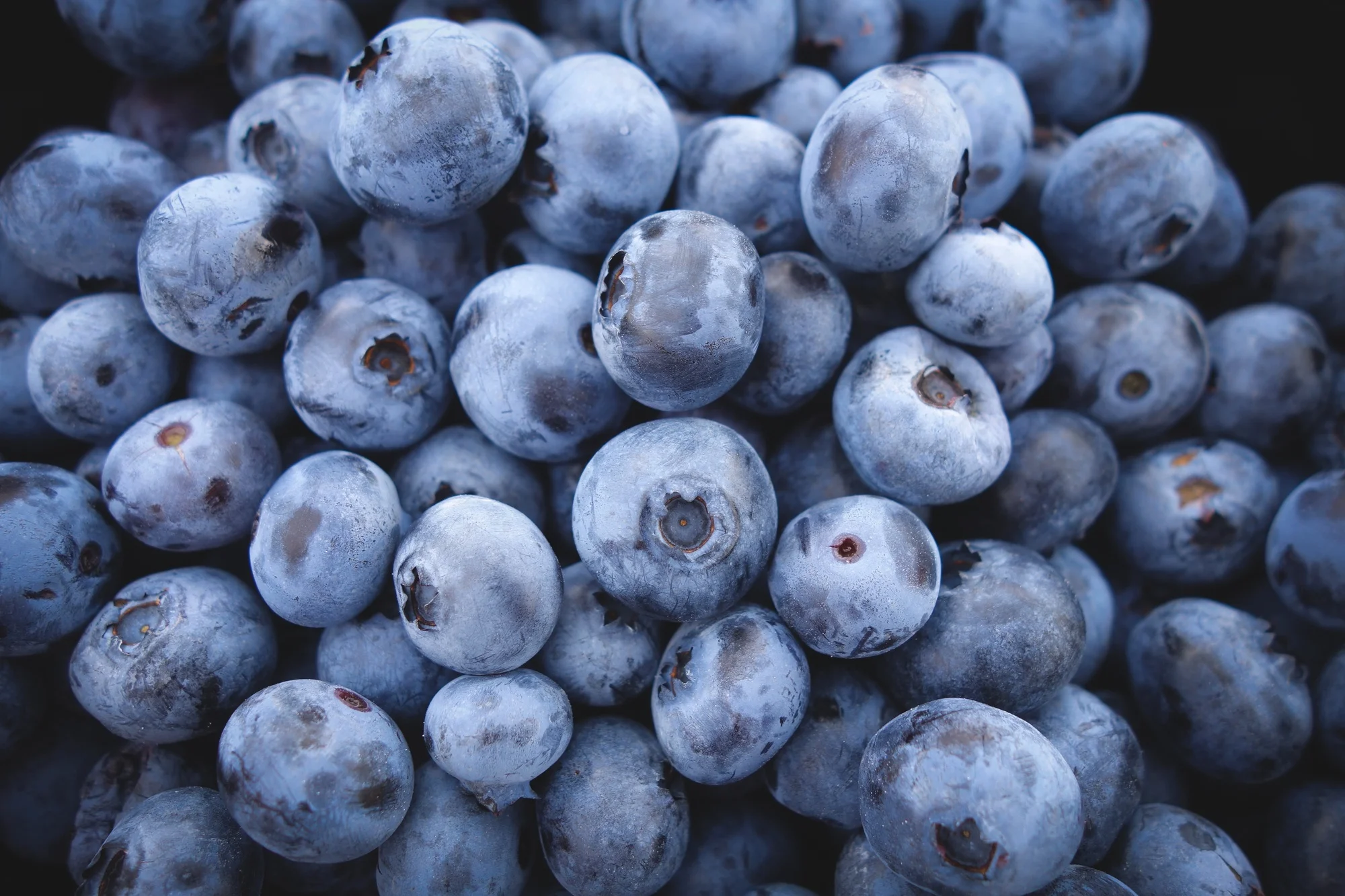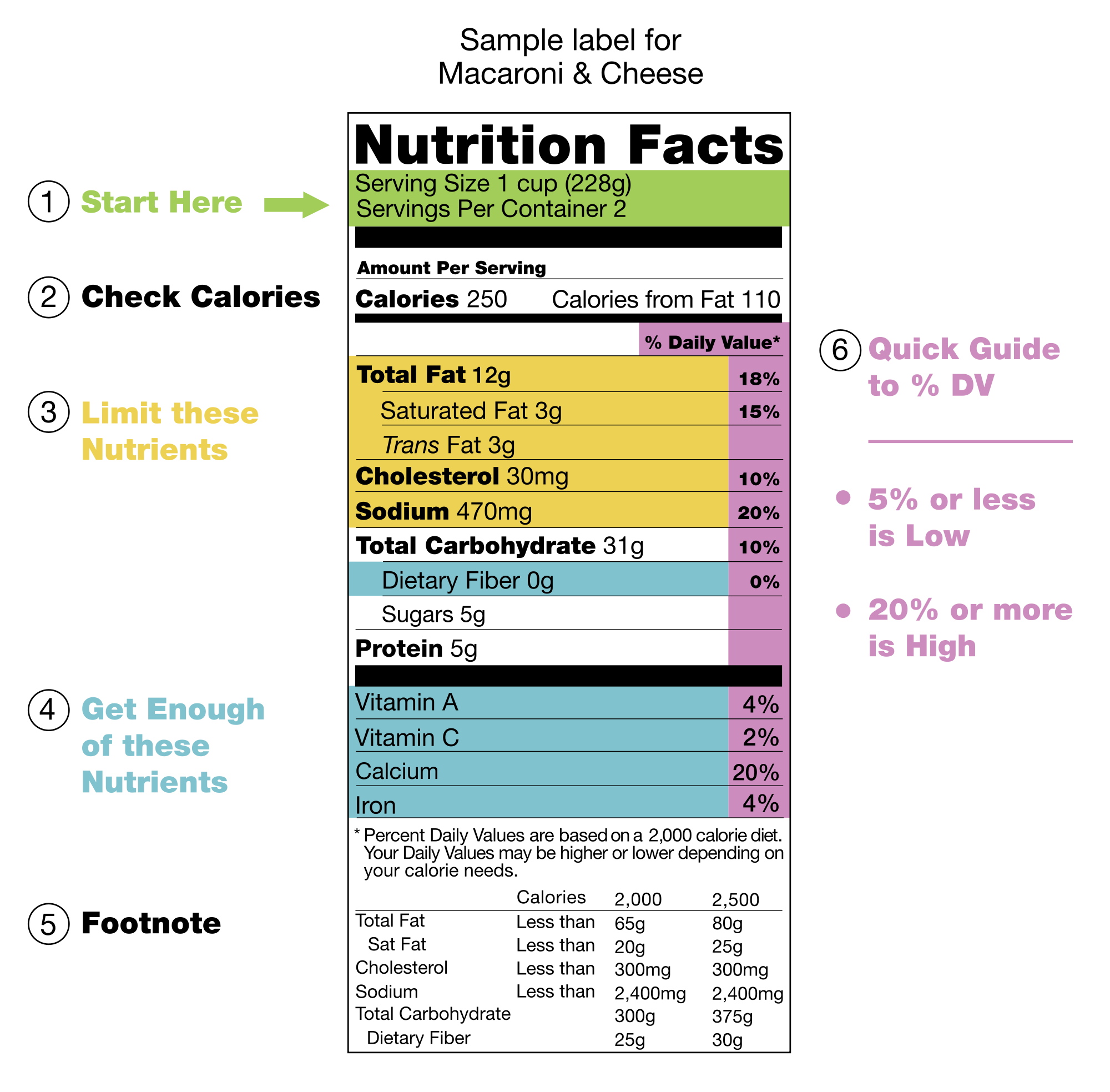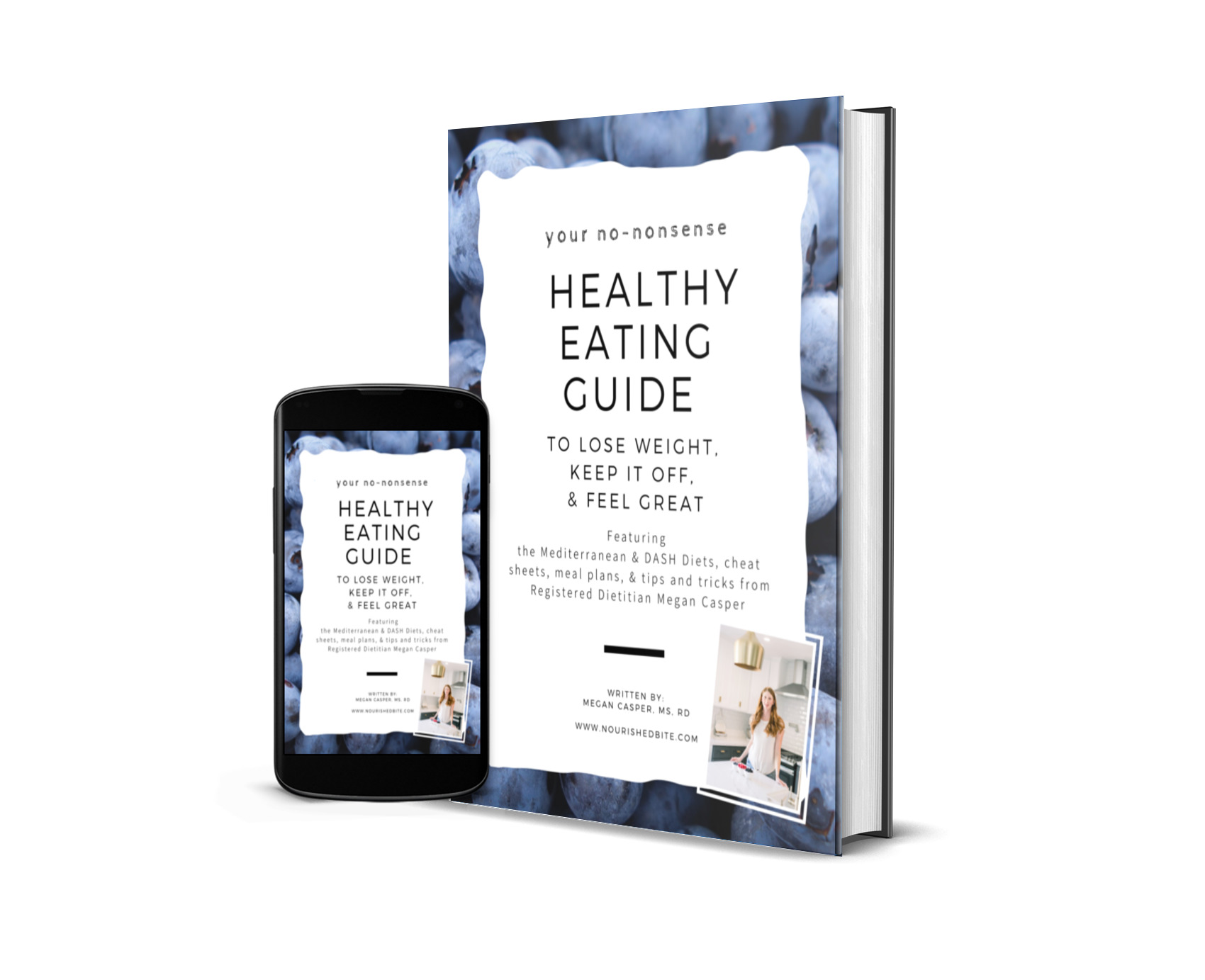Your Nutrition Label Cheat Sheet
/You KNOW you should read your labels, but when you’re weaving through the supermarket aisle in a rush, it’s much easier to just grab a familiar product or a label that looks good and get out of there. They say not to judge a book by it’s cover, and the same goes with food packaging. While marketers splash claims on the front of the label, the real dirt is on the back on the nutrition label. With just a few tips from this nutrition label cheat sheet, your cart will be filled with nutritious food and you’ll be out the door in no time!
The ingredients list: First things first! What’s in it? This may seem like an obvious step, but you’d be surprised how many things can be hidden in something that should be simple. Here are a few things to look for.
Remember that ingredients are listed in descending order of weight, so the ingredient that weighs the most is listed first. If sugar or a refined grain is listed as one of the first few ingredients, that product may not be right for you.
Look out for trans fats which are listed as partially hydrogenated or hydrogenated oils. While many companies are phasing these out, they’re still included in many foods. Remember those splashy health claims on the front of the label? If a food contains less than 0.5 grams of trans fat it can be listed as free of trans fat. These tiny servings can add up quickly, especially since trans fat is found in products like baked goods and crackers where you may consume more than one serving. The USDA recommends minimizing the amount of trans fats consumed as they up your risk for heart disease.
While scrolling through the ingredients list, you may notice a lot of ingredients that sound like they belong in a chemistry book. While all food ingredients are considered safe by the FDA, you may want to choose foods that contain less added ingredients, such as artificial flavors and colors. Manufacturers also mask sodium and sugar by using lesser known names. For example, sugar may appear as corn syrup, dextrose, fruit juice concentrates, agave nectar, malt syrup and many other names, and sodium can be listed as salt, sodium benzoate, disodium or monosodium glutamate (MSG).
Serving size: Check out how many servings are in one container and how many total servings. Compare your portion size (the amount you’ll actually eat) to the serving size, and multiply nutrients accordingly.
Calories: This shows how many calories are in a single serving. If you are losing or maintaining weight, reach for products lower in calories. Anything with less than 40 calories can be labeled “low in calories”.
Percent Daily Value: These percentages are based off a 2,000 calorie diet, so your needs may be greater or smaller. In general:
Aim for low values (5% or less) of saturated fats, trans fats, and sodium, since these can increase your risk of certain chronic diseases like heart disease and high blood pressure.
Aim for high values (20% or more) for vitamins, minerals and fiber.
Look at fiber vs carbs: Whole grains are a great source of antioxidants and heart healthy and belly filling fiber, but true whole grains products can be difficult to identify since manufacturers only need to make products with 51% whole grains to use the 'whole grain' label. To ensure a product is actually good for you:
check the ratio of grams of carbohydrates to grams of fiber, which should be at least 10:1, or look for products that have at least 3 grams per serving
read the ingredients and look for something like "100% whole wheat"
look for the whole grain stamp
Go for foods without labels: If the idea of reading all of those labels makes your head spin, don’t read labels at all. With all the bold claims splashed on packaging, it can be easy to forget that the products that boast the biggest claims don’t have any labels at all. Fruits and veggies don’t need to brag about how wonderful they are.
Don't fall for claims like:
“Made with real fruit”: So is fruit! And the product may contain very little actual fruit.
“100% Daily Value of Vitamin C”: This isn’t a common vitamin deficiency and just because something is fortified does not mean it’s ‘healthy’.
“Made with Whole Grains”: This just means they’re in there, somewhere.
“Natural”: This sounds good, but the FDA does not have a standard definition for this term and unhealthy ingredients can still be “natural”.
“Sugar free”: Just because sugar has been replaced, doesn’t mean a product is lower in calories. Many of these products contain substitutes that can cause diarrhea.
“Fat free”: We all remember the fat free diet trend! A certain amount of fat in the diet is good for you, and fat free products tend to have chemicals and sugar added to help with the taste and texture lost from removing fat.
“Cholesterol free”: Manufacturers may throw this on a naturally cholesterol free product to make it look healthy. New dietary guidelines put out by the United States government note that the majority of Americans do not need to limit dietary sources of cholesterol.
“Gluten free” - Unless you have celiac’s disease or gluten intolerance, these products tend to be pricer and may have less nutrients and more additives.




